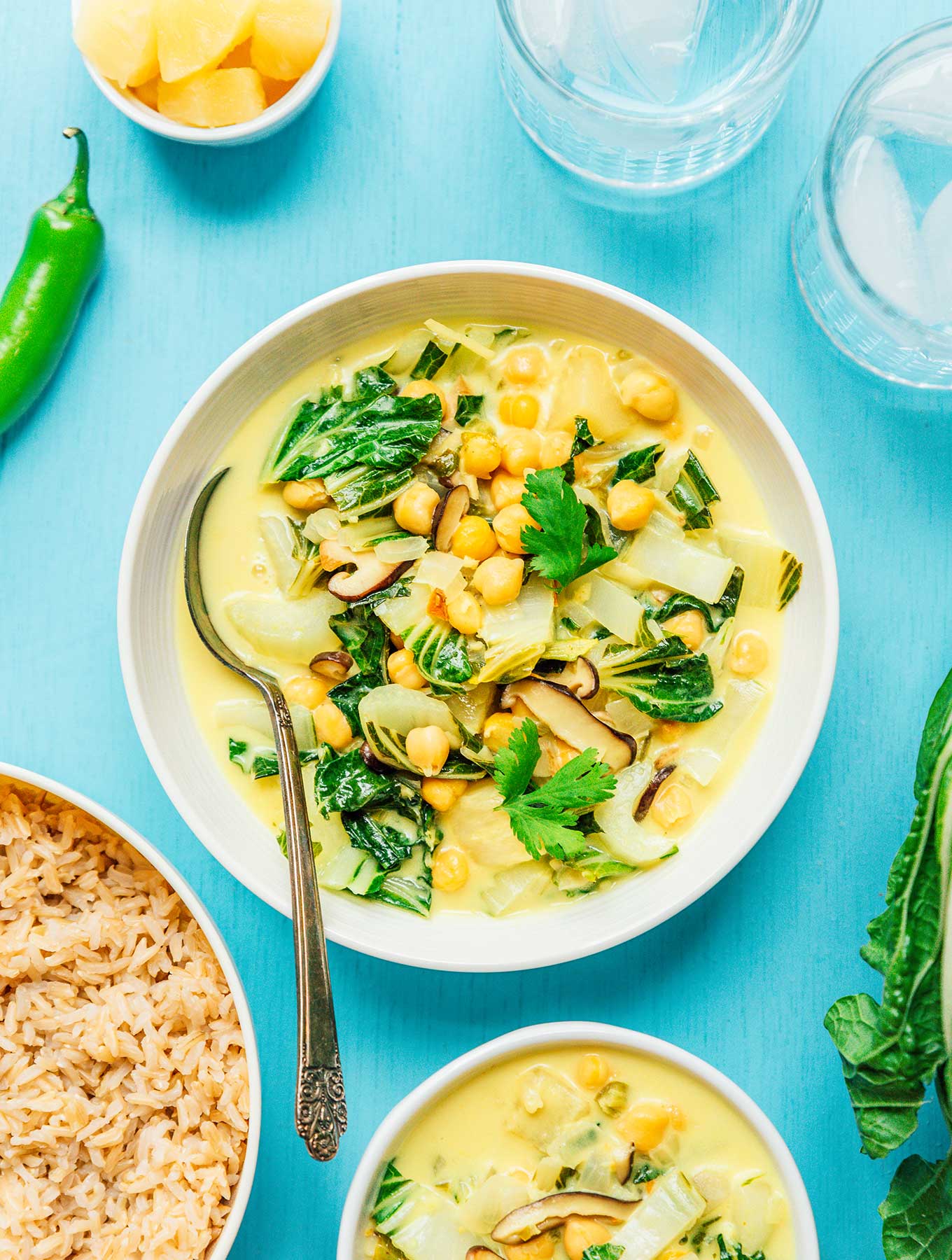Savor Traditional Filipino Flavors With Easy-To-Follow Recipes
Checking out typical Filipino cuisine offers an unique opportunity to involve with an abundant tapestry of flavors and social stories. As we explore these cooking customs, one might question how to ideal bring the warmth of Filipino friendliness to their own eating table.

Summary of Filipino Food
Checking out the lively tapestry of Filipino cuisine reveals an abundant social heritage affected by different historical and geographical elements. As a result, Filipino food is an one-of-a-kind blend of Malay, Spanish, Chinese, and American components.
Rice functions as the keystone of Filipino meals, commonly accompanied by a variety of veggies, meats, and seafood. The usage of strong flavors is a hallmark of the cuisine, with components such as garlic, onions, ginger, and soy sauce playing critical duties. The focus on communal eating shows the Filipino culture of hospitality and family ties.
Road food likewise plays a considerable duty in the culinary scene, showcasing neighborhood ingredients and innovative cooking methods. As the Philippines proceeds to welcome globalization, the combination of traditional and modern impacts can be seen in modern Filipino dishes, additionally enriching its cooking identification. Filipino food recipes. In general, Filipino cuisine is a testimony to the country's background, culture, and dynamic spirit
Must-Try Traditional Dishes
Filipino cuisine is finest experienced with its conventional meals, each offering an unique understanding into the country's diverse cooking heritage. Amongst the must-try recipes is Adobo, a savory stew typically made with poultry or pork, marinated in vinegar, soy sauce, and garlic before being slow-cooked to excellence. Its rich and appetizing taste profile stands for the heart of Filipino convenience food.
Another famous recipe is Sinigang, a sour soup frequently prepared with tamarind, tomatoes, and numerous veggies. This meal can include pork, shrimp, or fish, and is valued for its refreshing taste and heating qualities.
Lechon, a whole roasted pig, is a focal point at Filipino parties, recognized for its crunchy skin and tender meat. It embodies the festive spirit of Filipino events.
For those desire something sweet, Halo-Halo is a delightful dessert incorporating smashed ice, sweetened fruits, jellies, and covered with leche flan and purple yam.
Each of these standard dishes encapsulates the essence of Filipino society, welcoming any person to relish the vivid tastes and rich history that specify the island chain's culinary landscape.
Step-by-Step Recipes
Food preparation genuine Filipino meals at home can be an enriching experience that brings the vivid flavors of the Philippines into your kitchen area. With i thought about this a variety of standard recipes to choose from, utilizing detailed dishes enables both novice and experienced chefs to grasp the techniques and flavors important to Filipino cuisine.
Begin by selecting a meal that intrigues you, such as adobo, sinigang, or lumpia. Each recipe frequently consists of my explanation a thorough component list adhered to by clear guidelines, assisting you through the food preparation process.
As you progress, pay very close attention to cooking methods special to Filipino cuisine, such as sautéing (ginisa) or stewing (nilaga) These techniques can dramatically enhance the deepness of flavor in your recipes. Timing is important; comply with the recommended cooking times to accomplish the ideal appearance and taste.
Vital Ingredients and Tips
Often, the secret to understanding Filipino food lies in understanding and utilizing crucial ingredients that specify its distinct tastes. Central to many dishes are staples like soy sauce, vinegar, garlic, and ginger, which add to the distinct equilibrium of mouthwatering, sour, and pleasant notes. Soy sauce serves as a base for marinades and sauces, while vinegar, especially walking cane vinegar or coconut vinegar, imparts a zesty illumination that is crucial in dishes like adobo.
Rice is a vital part of Filipino dishes, frequently served alongside primary programs to absorb tasty sauces. For a touch of authenticity, select jasmine or long-grain rice. In addition, making use of fresh fruit and vegetables such as tomatoes, eco-friendly beans, and eggplants boosts the recipe's vibrancy and dietary value.
Do not neglect the value of herbs and spices, such as bay leaves, lemongrass, and chili peppers, which elevate the flavor account. When cooking, keep in mind that patience is key-- see here now enabling components to blend together leads to richer flavors. Accept the practice of sampling as you go; this will enable you to change flavorings and accomplish the ideal balance that defines Filipino cuisine.
Offering and Taking Pleasure In Filipino Dishes
Recognizing the subtleties of Filipino cuisine extends past preparation and components; it encompasses the means meals are offered and delighted in. The Filipino dining experience is identified by public sharing, advertising a sense of togetherness and party. Normally, meals exist in huge portions, allowing diners to take part in a range of tastes.
Rice, a staple in Filipino meals, is commonly functioned as the foundation upon which the various other meals remainder. Going along with viands, such as adobo, sinigang, or lechon, are put in the center of the table, welcoming guests to offer themselves. Filipino food recipes. This practice not just cultivates a kicked back environment but also motivates discussions and links among restaurants

Final Thought
In conclusion, typical Filipino cuisine uses an abundant tapestry of tastes and social relevance, welcoming exploration via its diverse dishes. Engaging with this vivid cuisine not only enhances the eating experience but additionally maintains and celebrates the heritage of the Filipino individuals.